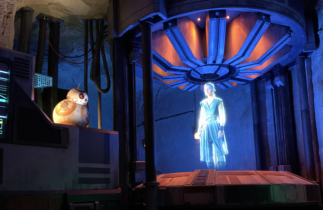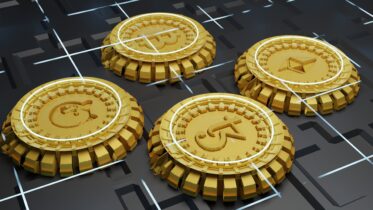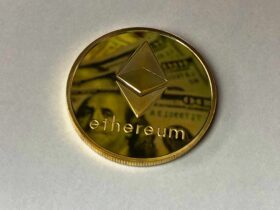Non-fungible tokens, NFTs, are finally making their way into the mainstream after achieving widespread adoption among the Web3 community. Despite the recent boom and bust of crypto and the accompanying spotlights from media outlets, digital influencers, public figures, and professional athletes have continued to jump on the bandwagon of NFT collections.
As a result, there remains an interest in NFTs as a prominent application of blockchain technology, which retains the speculative asset moniker. However, the first NFTs were simple: often 8-bit style pictures that could be considered novelties and may or may not “boom” in the future.
Yet that was just the beginning of the NFT evolution which may change the broader financial markets as we approach 2023. Dynamic NFTs (dNFTs) are pushing the boundaries of the design space that NFTs address through their ability to adapt and change, responding to external data and events.
This article gives a brief NFT overview and then explains how dNFTs can take the blockchain space to the next level by highlighting current and potential uses for dNFTs.
NFTs in Brief
NFTs are unique digital assets held, managed, and exchanged on one or more blockchains. “Non-fungible” means that every NFT is differentiated from every other NFT, having a one-for-one token ID and unique contract address. From there, data, such as images, video, or other metadata, can be attached to the NFT, meaning it’s possible to own an NFT representing a unique digital object.
The most common use case for an NFT has been digital art. An artist will mint a token representing a digital artwork, and a buyer can purchase the token giving them ownership. Once an NFT is minted, its token ID doesn’t change. In its most simple form, an NFT is a transferable token with a unique token ID.
The metadata ascribed to the NFT, including the image, description, and much more, is 100% optional. As a result, this primary (static) NFT model can provide various benefits for digital artists worldwide.
Before NFTs, digital artists could not stop or track the unauthorized distribution of their work because there was no method to distinguish the difference between digital files. Thus, no single authentic file could be “owned.” Now, digital creators can sell their art to fans and give them verifiable ownership.
Read the full article here.






